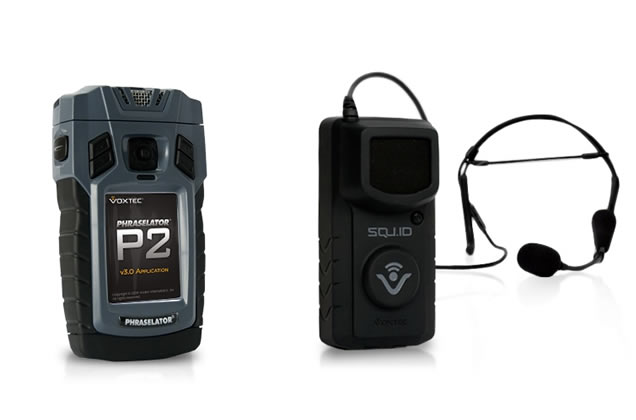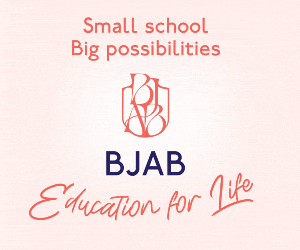Regular readers of my irregular technology pieces will know I’m always keen to predict the future in some way. This time, I’m going to do it for the whole article, while hopefully piquing your interest in the up-and-coming technology you’ll be able to buy in the next couple of years or even months.
Fresh Prints
Possibly the most interesting idea from many points of view is 3D printing. I know you’ll have seen it before, because Together covered it a few years ago. The big ‘but’ here is that HP are now heavily involved in producing 3D print units for small business and even the home market. It’s certainly true that such machines can already be bought online – in fact, you could buy a kit that when assembled could print the parts for a new printer. So why is this ‘up-and-coming’? Well, Martin Fink, Chief Technical Officer of HP Labs calls it “an immature technology” but one that has “a magical aura” and goes on to confirm there will be a full product available in the shops by April of next year. With HP pushing these things out of the factory gates, you can be sure every home will have one in 5 years or so. Soon, we will all be able to print spare parts for domestic appliances or even print things we ‘found’ on the internet. The possibilities are almost endless.
¿Dónde está la estación?
Many of us here in the capital of Europe will speak two, three or more languages. Sometimes, we can work out what people are saying by referencing one of our familiar languages and extrapolating from them. But what if someone starts speaking to you in a language you are unfamiliar with? You could try to find some way to communicate, or you could just pull out your instant phrase translator from the Voxtec company. The Phraselator, as it is clumsily called, will listen for you and translate into your language of choice. With over 1,000 phrases in more than 70 languages, it currently represents the bleeding edge of voice translation. Aside from avoiding the repetition of “where is the station?” in very loud voices, this tool has a practical application for the military and for foreign aid workers. I’m looking forward to the Brussels version, with the phrases “How much? You have to be kidding me” and “no, it’s fine – the traffic is always like this.”
The next best thing ever?
The claims of various snake oil salesmen and con artists over the years that their product will do the work of ten men while keeping your whites white and de-scaling the kettle will seem tame compared to the benefits touted for what will undoubtedly be the darling of the tech world for years to come. It’s called Graphene. It’s only ten years since the first Graphene sheet was ‘grown’ in a lab and yet its range of applications is vast. Graphene is basically a sheet of pure carbon, one atom thick. It is several hundred times stronger than steel, is the lightest material known, with one square metre weighing around 0.8g, and it’s also the finest conductor of heat and electricity known today. If that wasn’t impressive enough, it’s exclusively carbon, an element that is the fourth most abundant on Earth. Once the scientists get the manufacturing process down to a cheap and sustainable level, this stuff can be made by the tonne (which would be quite a lot).
Because of all these properties, the possibilities for use in the near future include wearable technology and rapid device charging. For example, simply putting your phone in your pocket for thirty seconds could charge it completely. There could be graphene ‘tattoos’ – ink-stamps to allow electronic entry to certain places, which could be washed off or would wear off in time, and even bio-tech, such as monitors for insulin, cholesterol and blood itself. Longer term projections envisage ‘toxic’ graphene, used to hunt and kill cancer cells. Of all the tech that will be making a difference to our lives, this really is the one to watch.
Speed Bumps
Many newer mobile phones have NFC (near field communication) options for such things as contactless payment or tapping on posters in bus shelters to get product info. No, really. Dimple is the name for what is basically a sticker with four NFC buttons on that you can stick on any part of your phone and program to do what you want. One push, and you could switch on the GPS unit, switch on Bluetooth and start your navigation app. Perhaps you need an instant camera launcher? You can do that as well.
If that’s not enough, there’s a developer kit and the capability to control some home entertainment devices. As it collects radiated power from your phone, it never needs charging. For me, this puts Dimple into the ‘simple but brilliant’ category.
In my next article I will gaze into my crystal ball (OK, Google) and tell you about what’s coming up a bit later in the century.







